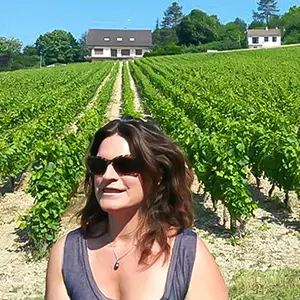Dordogne Reunites with the Met: A Cross-Atlantic Heritage Revival
It’s impossible to think of Dordogne without conjuring images of its ancient past, where early humans sought shelter in its caves over hundreds of thousands of years ago. Today, these historic sites—like the world-famous Lascaux cave—are carefully preserved by Semitour, an organization dedicated to safeguarding the region’s cultural treasures.
But Semitour’s mission extends beyond prehistoric wonders, encompassing landmarks such as the impressive Château de Biron, a striking example of how French architecture evolved from the Middle Ages through the Renaissance.
At the heart of Semitour’s efforts is André Barbé, whose leadership has not only focused on the protection of these sites but also on innovation. Under his direction, Semitour has developed a workshop specializing in the creation of facsimiles—precise replicas of historical artifacts and sites—to ensure their long-term preservation. Recently, however, his name has traveled beyond the borders of Dordogne, even reaching the United States.
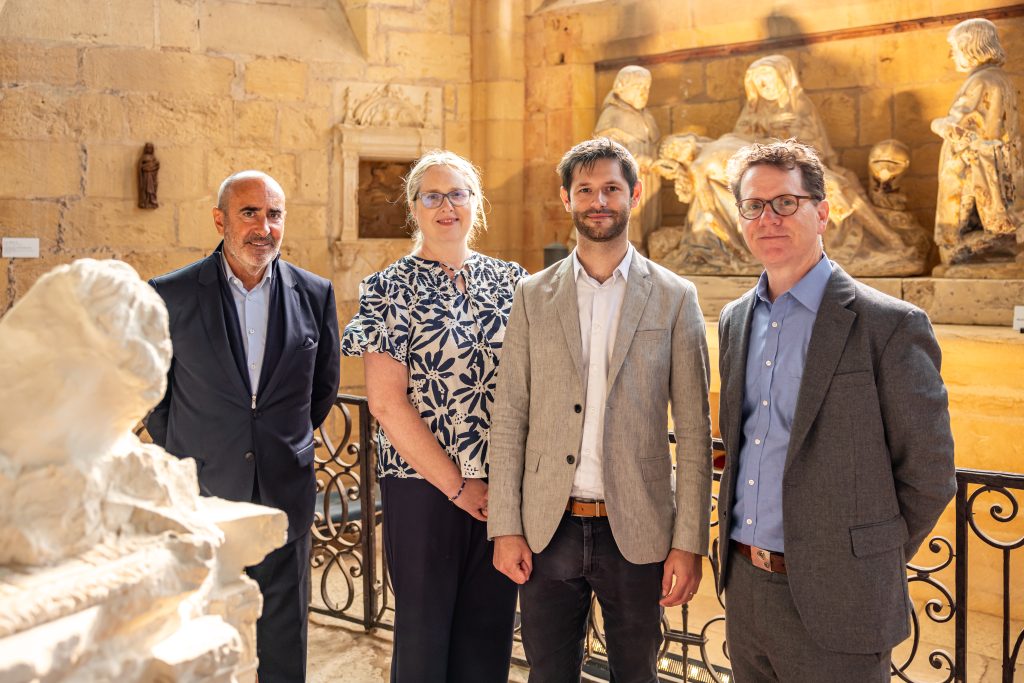
What is it about your work that has garnered such attention from across the Atlantic so that you’d end up collaborating with the mighty Metropolitan Museum of Art ?
“This collaboration is really the culmination of a long historical journey. You see, back in 1907, the last Marquis of Biron sold several key artworks from the château to J.P. Morgan, who was the president of the Metropolitan Museum of Art at the time. Among those artworks were two remarkable statues: La Mise au Tombeau and La Piéta avec Donateurs, both created for the chapel of the Château de Biron in the early 16th century.
These statues were admired in New York for over a century, but the idea of bringing them back to Biron was floated as early as the 1950s. In 1957, there were serious negotiations with the Met to bring them home. However, the traditional techniques available at the time—molding and casting—were invasive, and the Met was rightly concerned that these methods could damage the sculptures and their polychromy, so they refused.
Things took a different turn in 2018 when new technology, like photogrammetry, allowed us to create precise 3D replicas without even touching the original statues. The Met was much more receptive to this idea because it didn’t pose any risks to their preservation. After that, the process took about eight months and cost around 350,000 euros. The result was stunning—every detail, even the natural patina of the aging stone, was captured perfectly. Finally, in September 2024, the replicas were installed in the Château de Biron, right where the originals had stood over a century ago.”
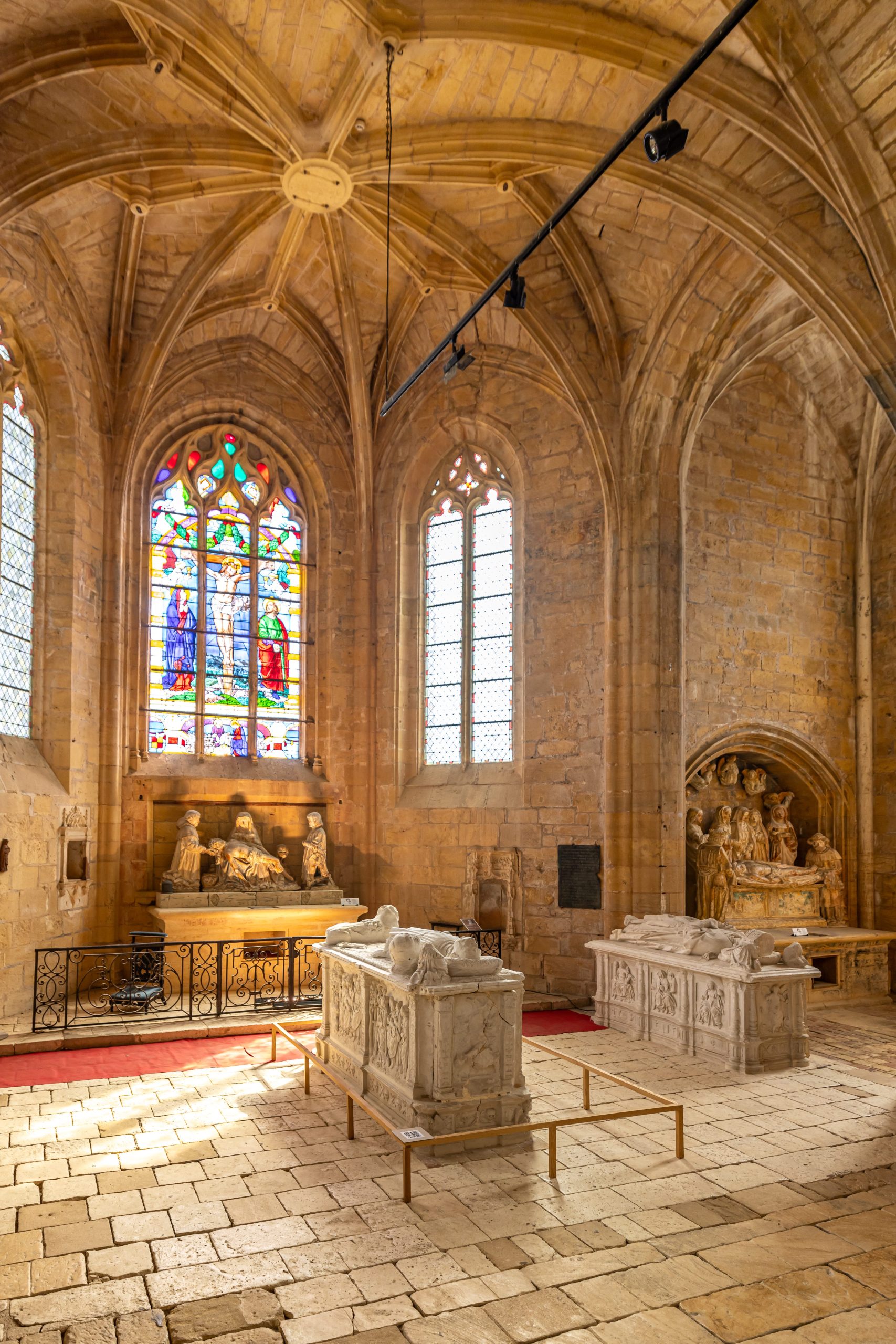
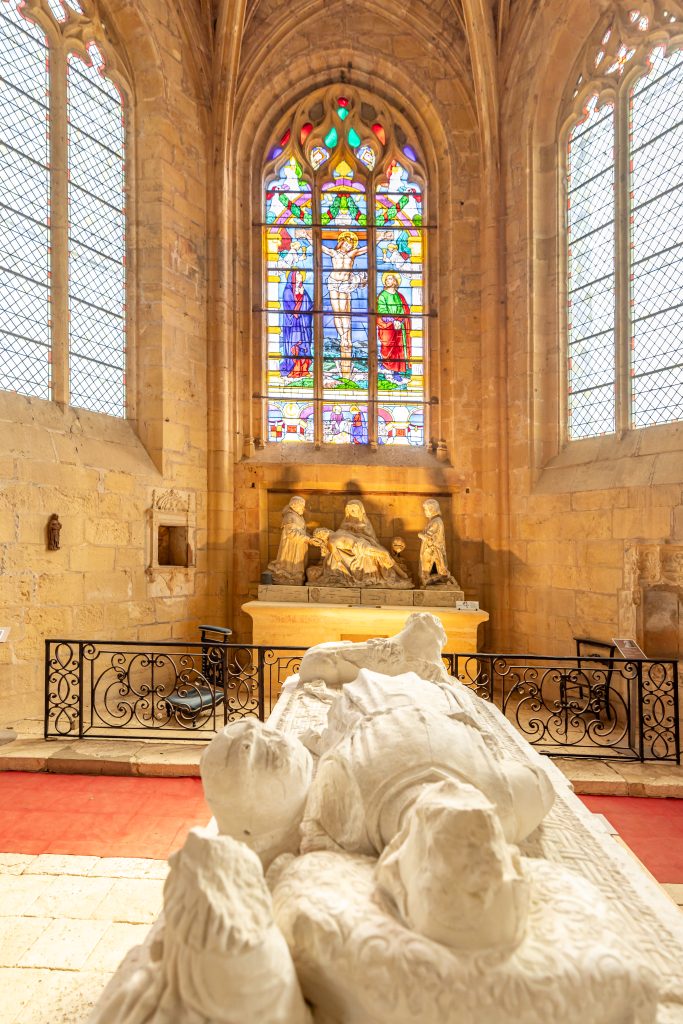
What is it about your work that has garnered such attention from across the Atlantic so that you’d end up collaborating with the mighty Metropolitan Museum of Art ?
“This collaboration is really the culmination of a long historical journey. You see, back in 1907, the last Marquis of Biron sold several key artworks from the château to J.P. Morgan, who was the president of the Metropolitan Museum of Art at the time. Among those artworks were two remarkable statues: La Mise au Tombeau and La Piéta avec Donateurs, both created for the chapel of the Château de Biron in the early 16th century.
These statues were admired in New York for over a century, but the idea of bringing them back to Biron was floated as early as the 1950s. In 1957, there were serious negotiations with the Met to bring them home. However, the traditional techniques available at the time—molding and casting—were invasive, and the Met was rightly concerned that these methods could damage the sculptures, so they refused.
Things took a different turn in 2018 when new technology, like photogrammetry, allowed us to create precise 3D replicas without even touching the original statues. The Met was much more receptive to this idea because it didn’t pose any risks to their preservation. After that, the process took about eight months and cost around 350,000 euros. The result was stunning—every detail, even the natural patina of the aging stone, was captured perfectly. Finally, in September 2024, the replicas were installed in the Château de Biron, right where the originals had stood over a century ago.”
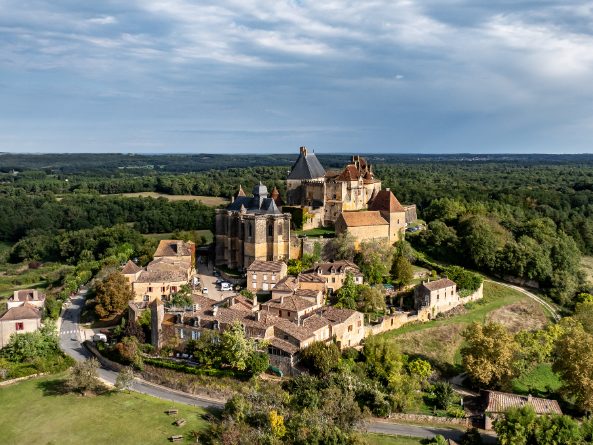
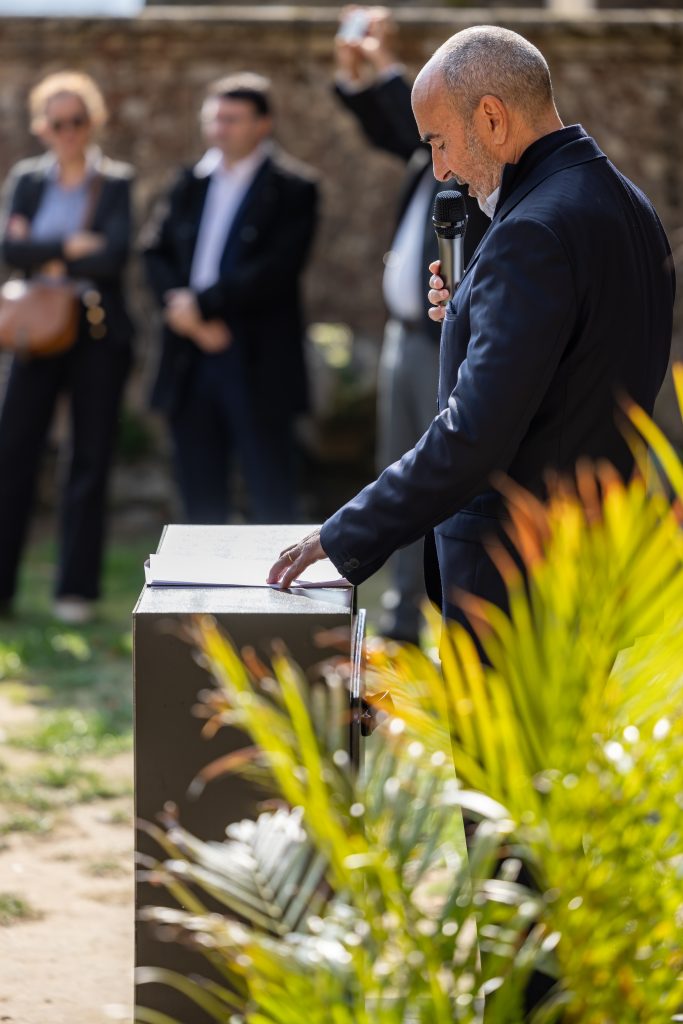
For our readers unfamiliar with the concept, what exactly is a facsimile, and why does the collaboration with the Met represent a real achievement in terms of reproduction? Why is this technique particularly crucial for heritage preservation in Dordogne?
“A facsimile is, essentially, a perfect replica of an artwork or historical object. What’s key here is that we can recreate these works in such detail that, to the naked eye, you can hardly tell the difference from the original. In the past, making a facsimile involved molding directly onto the original piece, which could be harmful. With techniques like photogrammetry, we’ve moved away from that. Instead of touching the original, we take hundreds of photographs from every possible angle, and from that, we generate a highly accurate 3D model.
For this project with the Met, this was essential. Their original refusal to collaborate back in the 1950s was due to concerns about damaging the statues with traditional molding. However, with photogrammetry, we reassured them that we wouldn’t need to touch the works at all. This made the entire project possible.
That said, the machines alone can’t do everything. While photogrammetry provides the data, it still takes months of human work to actually recreate the object in its physical form. Artisans have to hand-finish the facsimiles to ensure the textures, colors, and minute details—like the aging patina of the stone—are accurate. This balance of technology and craftsmanship is what makes the results so convincing.
This technique is particularly vital for heritage sites like those in Dordogne. Many of our historical artifacts and sites—such as the prehistoric caves—are too fragile for regular public access. With facsimiles, we can share these cultural treasures without putting the originals at risk. It’s a way of preserving history while still making it accessible to everyone”
How does this project elevate Dordogne’s image on the international stage? Do you think more collaborations like this are on the horizon?
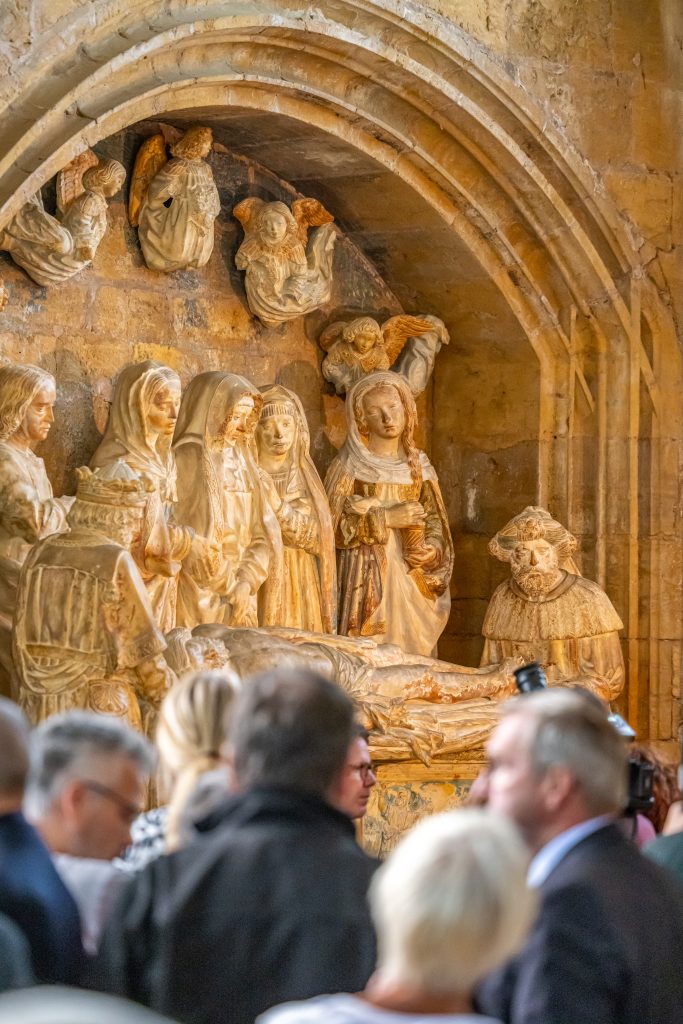
“This project definitely elevates Dordogne’s profile internationally. By working with an institution as prestigious as the Metropolitan Museum of Art, we’re showing that our region isn’t just a repository of history, but a key player in the global conversation on heritage preservation. It’s a recognition of the importance of Dordogne’s heritage, not just in France but worldwide.
As for future collaborations, I think this project has opened the door to many more. We’ve already had discussions with the Met about other potential projects. They’ve expressed interest in working with us to make facsimiles of their unicorn tapestries, for instance. And it’s not just the Met. This successful collaboration has put us on the radar of other international institutions that are interested in similar projects.”
Dordogne’s Pride: Mastering the Art of Recreating Lascaux
Lascaux IV opened a new chapter in the history of facsimiles with advanced technology. Can you explain how this experience is different from other facsimiles created?
“Lascaux IV is really something special. When you compare it to earlier facsimiles, like Lascaux II, which was a more traditional reproduction, Lascaux IV pushes the boundaries of what’s possible. The level of technological precision used here is incredible. We didn’t just replicate the visual elements—we also recreated the atmosphere. The lighting, the humidity, even the sound—all of it is designed to make visitors feel like they are stepping into the original cave, it’s an intimate and personal way to discover it when you’re in your own bubble with the headset. I would even say that it’s a sensual way to connect to the region.
The project involved detailed 3D scans and high-resolution images to capture every inch of the cave’s surface. This attention to detail allows us to present the artwork in a way that preserves its authenticity while making it accessible to the public. Unlike the original cave, which had to be closed to prevent damage from visitors, Lascaux IV offers an immersive experience without the risk of degradation.
We also created interactive digital tools for visitors, allowing them to explore the cave’s artwork in ways they never could before. You can zoom in on certain areas, see different layers of the paintings, and learn more about the techniques used by prehistoric artists, you can discover up to 1500 engravings and a bestiary of 1500 animals. This blend of physical facsimiles and digital tools makes Lascaux IV a groundbreaking project, not just in Dordogne, but worldwide.”
Why do you think Dordogne’s prehistoric caves continue to fascinate so many visitors around the world?
“The fascination with Dordogne’s prehistoric caves, like Lascaux, is timeless. These caves represent some of the earliest expressions of human creativity—art that is tens of thousands of years old. It’s incredible to think about the fact that these artists, who lived in a completely different world from us, created works that still speak to us today.
What captivates people is both the mystery and the connection. The art in these caves wasn’t just decoration—it likely had spiritual or ritualistic meanings. And yet, despite the vast differences in time and culture, people today can still recognize something universal in these depictions of animals and symbols. It’s a reminder of our shared humanity, of the continuity of human expression. I think that’s why people from all over the world continue to be drawn to these caves and I make it my mission to share theses traces of humanity with as many people as possible”
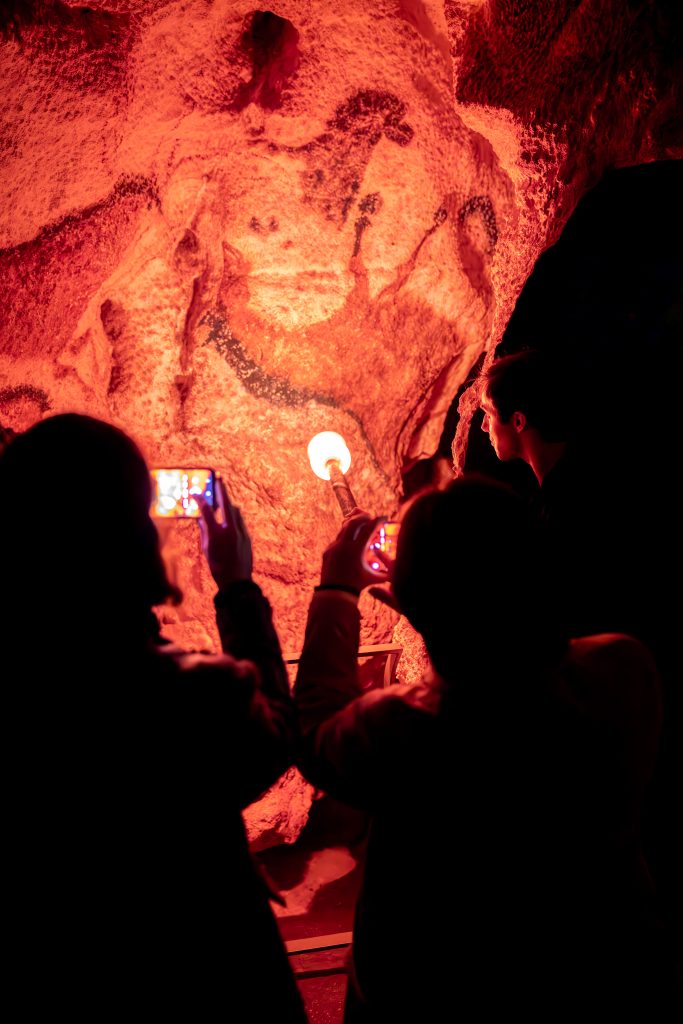
Dordogne: Beyond History, A Land of Culture and Living Heritage
Beyond it’s historical sites, what other hidden treasures of Dordogne would you like visitors to discover?
“When we talk about the hidden treasures of Dordogne, we can’t ignore the region’s gastronomy and wine—they’re an essential part of life here. You can’t walk through a market or sit down for a meal without feeling the weight of tradition behind every dish. Take foie gras, for example. It’s one of the region’s most iconic products. Many families have been producing it for generations, using methods that have barely changed over the years. It’s not just food; it’s a connection to the land and the culture that’s been passed down through time.
And let’s not forget about truffles, particularly the Périgord black truffle, which is another jewel of the region. If you visit during truffle season, you can go out with the locals on truffle hunts—an experience that’s about so much more than just finding truffles. It’s a tradition that brings you closer to the land, and you get to taste something that feels like a real piece of Dordogne’s heritage.
Then, of course, there’s the wine. The Bergerac wine region is often overshadowed by Bordeaux, but the wines here are just as rich and diverse. You’ll find everything from bold reds to sweet whites like Monbazillac, which pairs beautifully with local specialties. What’s special about visiting the vineyards here is the personal connection you get. The winemakers are passionate, and you really feel their pride when they talk about their craft. They aren’t just making wine—they’re continuing a tradition that’s been part of Dordogne for centuries.
It reminds me of when we organized that special experience at Lascaux IV for you. We had such a great time putting together that unique VIP evening—blending the history of the cave with a gourmet dinner was something truly special. I still remember the local foie gras, truffles, and the incredible wines from the region; it really brought the essence of Dordogne to life in a personal, intimate way. It felt like the perfect way to not only share the region’s heritage but also its heart and soul through its flavors.
So, when you visit Dordogne, it’s not just about the sights—it’s about tasting, smelling, and experiencing the culture through the food and wine. It’s an incredible way to really connect with the region.”
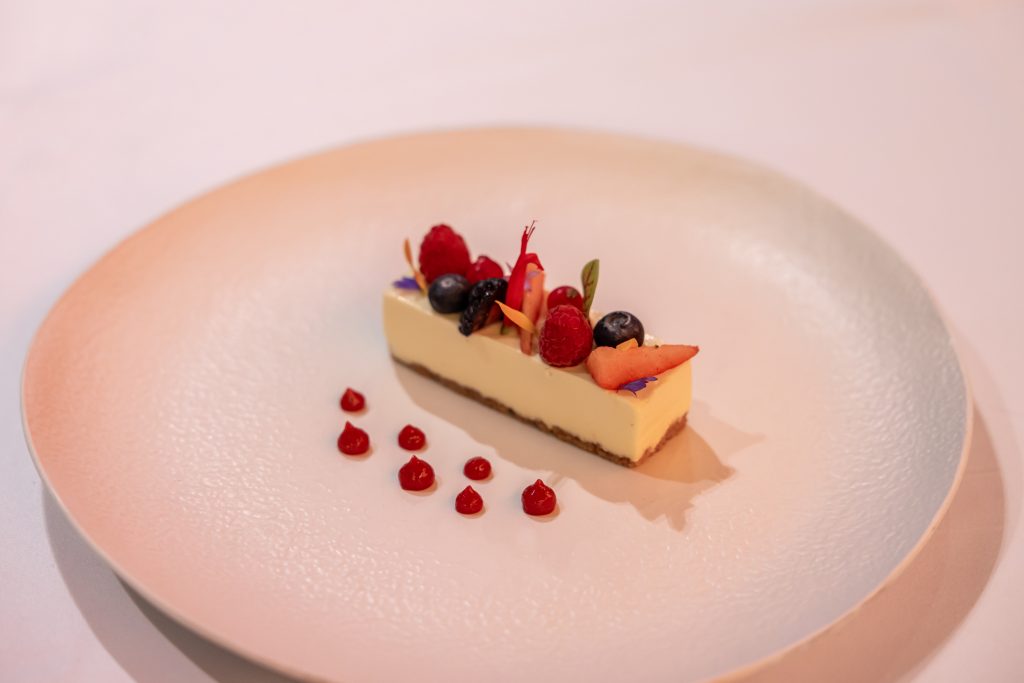
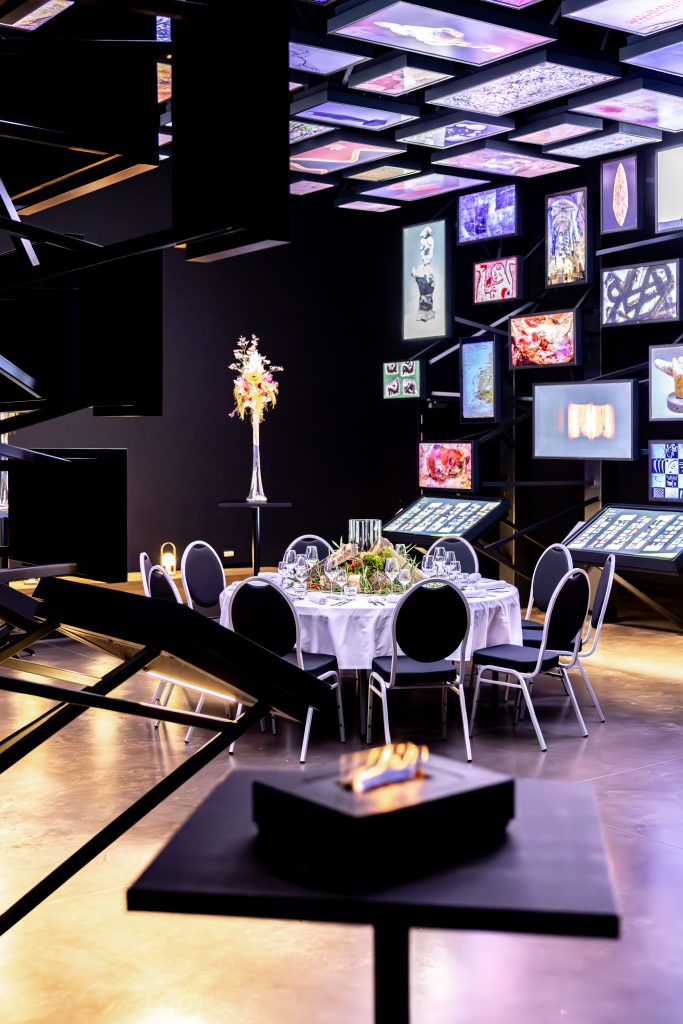
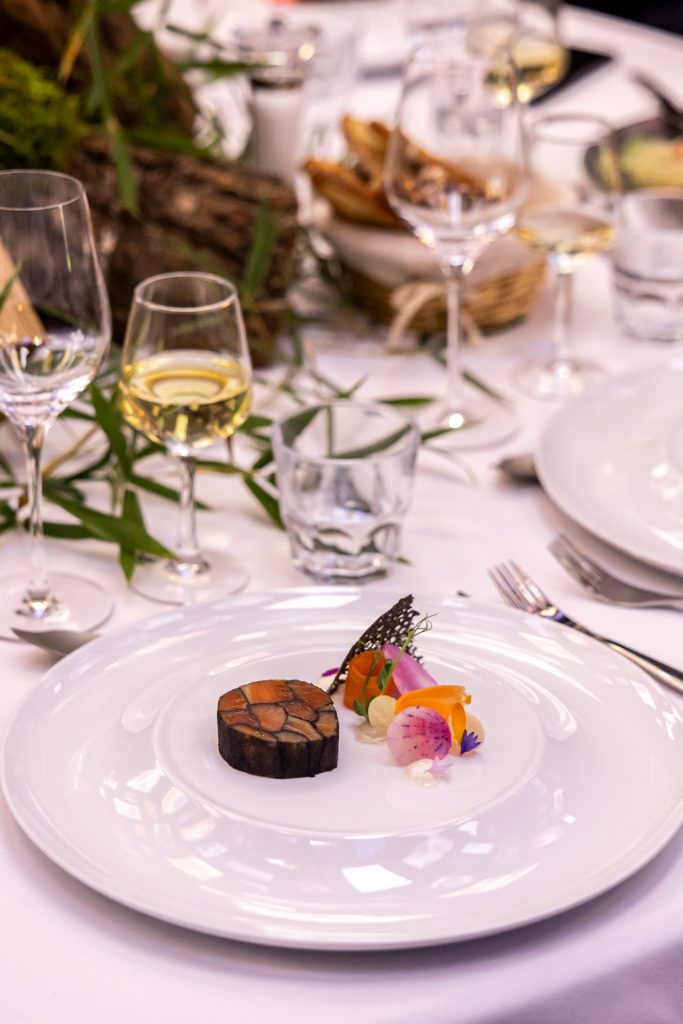
A Journey Through Dordogne: Stories to Take Home
Dordogne is so much more than history and landscapes—it’s about experiencing it all firsthand. From the ancient art of Lascaux IV to the charm of Château de Biron, there’s plenty to discover. And after speaking with André Barbé from Semitour, who generously shared his insights with us, we’ve learned there are even VIP events where you can immerse yourself in the region’s culture in ways most visitors never get to see. Reach out, and we’ll make sure it’s the trip you’ll be talking about for years. Epic sights, amazing food, and memories you’ll never forget—let’s make it happen!


